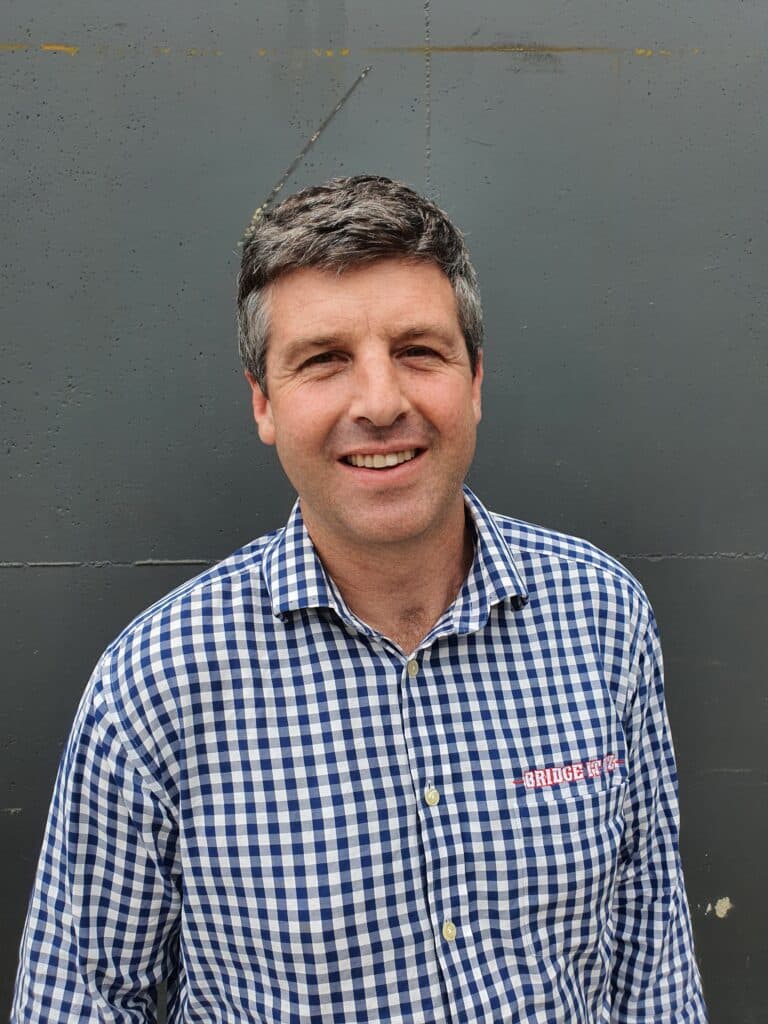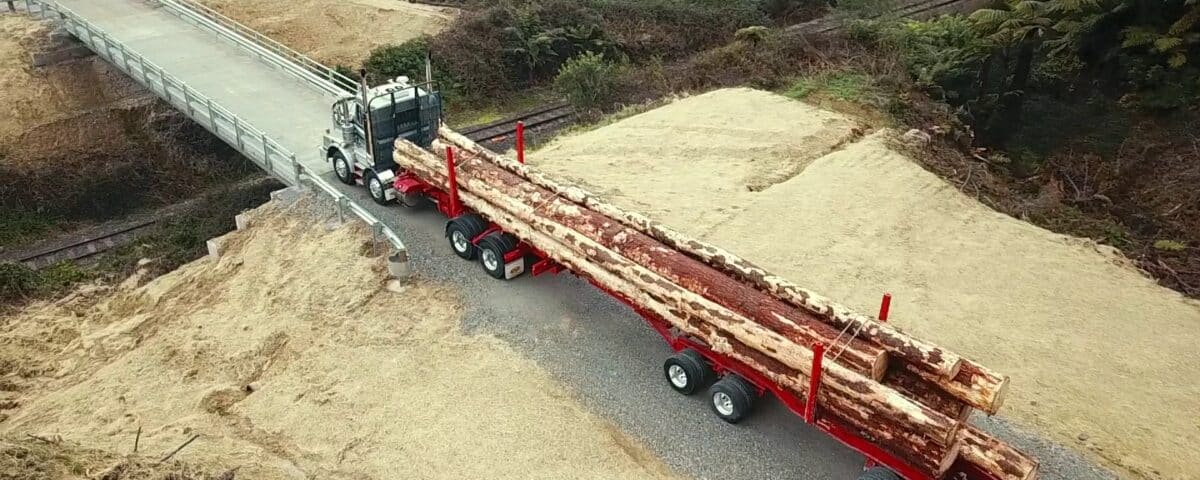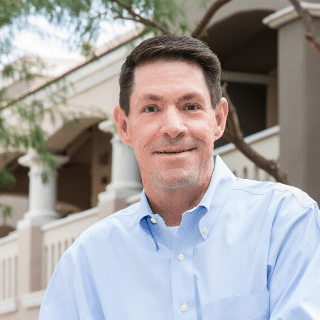The untold story of Kickstarter’s crypto Hail Mary
March 15, 2024
How A Once-Family-Owned Teacher’s College Positioned Itself For a Successful Scale-Up
April 11, 2024There are about a dozen steps to building a bridge, whether it is for a farm, forested area or golf course. Bridge It, a 15-year-old company in New Zealand, tackles every detail, from feasibility studies to design-and-build.
That attention to providing an end-to-end solution is allowing the 24-person company to scale up while going after its Big Hairy Audacious Goal (BHAG) of building 75 bridges a year while tripling its revenue and valuation by 2030.
Kim Bevins, Bridge It’s business manager, and the leadership team have been working toward this goal with Scaling Up Certified coach Rob Morris, based in Auckland, New Zealand, after reading Scaling Up and attending one of our workshops near the end of the Covid pandemic. They were soon working with Morris on the One-Page Strategic Plan. Bevins and two other veteran executives in the business partnered with the original founder, Pat Seuren, about five years ago, when he scaled back his involvement.

“With Scaling Up, we’ve been really rigorous around our strategy,” says Bevins. “Rob has brought to our team a really deliberate approach to what we’re actually doing and why we’re doing it. We’ve got a good thing going now.”
Setting a Profit Per X
For Bridge It, scaling up means paying attention to both growth and profitability simultaneously. “What Rob has introduced certainly has been around metrics but also about driving profitability,” says Bevins.
Turning consistent profits has meant planning for unexpected contingencies. Bridge It has historically charged fixed prices for its projects, but sometimes unknowns, like a delayed approval for site installation, can take a toll. It now bakes that into its pricing.
“Rob has drummed into me that you cannot really save the project if you’ve priced it wrong, so he’s introduced a method for ensuring we’re considering the risk profile of the project when pricing,” says Bevins. “By consistently building our core competencies and brand around this, we’ve become trusted and respected as experts in bringing the right bridge solution for each situation. Customers trust us to get it right, and this has allowed us to increase both profitability and market share at the same time.”
Tracking every detail
To make sure projects are running efficiently, Bridge It pays close attention to project management, bringing visibility to the entire process.
“We have a big board in our office,” says Bevins. “The operations guys move along magnets so we can see where every single project is. It’s a real visual cue. If we see that there are holes in the early part of our program, we know that there are going to be holes when it comes to installation. The goal is to have a really smooth, full board with projects always steadily moving along.”
The team pays close attention to any mistakes made on a job—to eliminate them in the future. That means tracking things like hours spent on completing a concrete deck panel or steel structure, for instance, to make sure pricing reflects the actual work being done.
Diversifying revenue streams
While Bridge It mostly served farms when it started out, the company made diversifying its revenue streams part of its strategy. It now works with golf courses, the forestry industry, local governments, and other customers. It is also diversifying geographically from the North Island, its main market, to the South Island. This has helped to avoid the troubles of many civil contractors in the country, who have seen financial difficulties because of cyclones and other forces that have affected the industry.
Quarterly Meetings provide a forum where everyone on the team can contribute to ideas on future opportunities. “The team said there’s real opportunity here for the South Island,” says Bevins. “The Scaling Up sessions have allowed them to contribute toward the thinking process. We can apply what made us successful on the North Island to the South Island.”
Putting a focus on sales
Bridge It has expanded its sales team from a sales manager and one salesperson to include a sales credit role. In hiring, the leadership team has looked for people who embrace the company’s values. “They have the same attitude as the guys building the bridge—work with urgency, roll up your sleeves, get things done,” says Bevins. “It’s very useful when recruiting to say these are the non-negotiables.”
As the company has built out its sales team, it has also paid close attention to cash. “Using the Scaling Up Cash platform has really helped to sharpen our focus on cash flow,” says Bevins. One key step has been making sure its payment terms support getting the work done. Historically, the company would ask for a 20% deposit, 40% for ordering materials and another 40% on completion. Over time, those terms evolved to a 40% deposit, another 20% before going to the site and 20% on completion. “Our cash flow is always pretty positive because of that,” he says.
Ultimately, growth sucks cash. And by staying on top of that need, Bridge It seems to be creating a path to building a sustainable scale-up that can take advantage of the many opportunities ahead for expansion.


